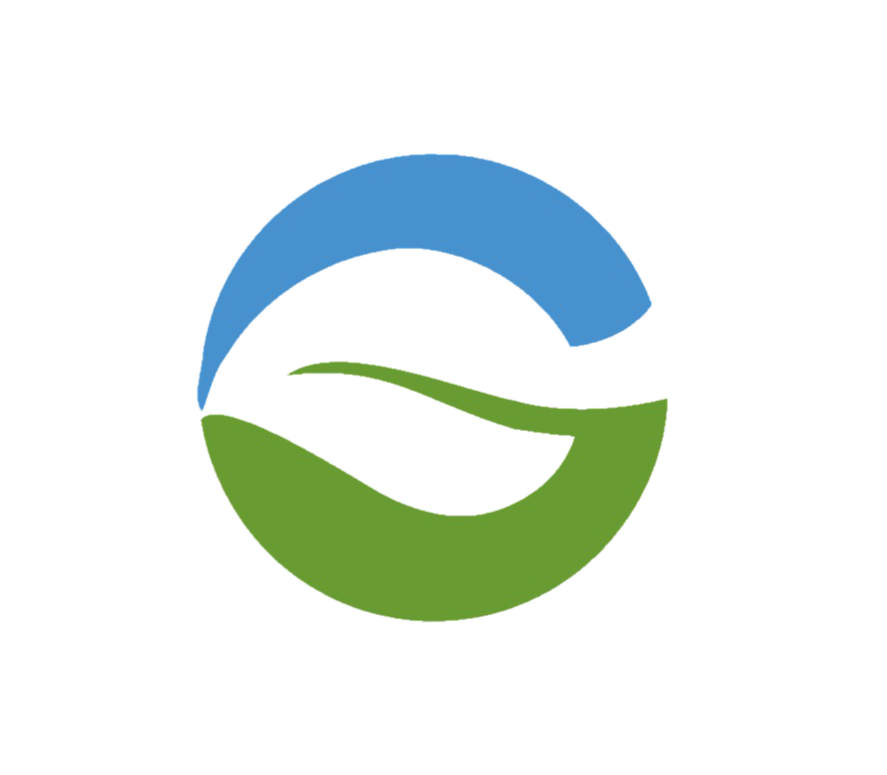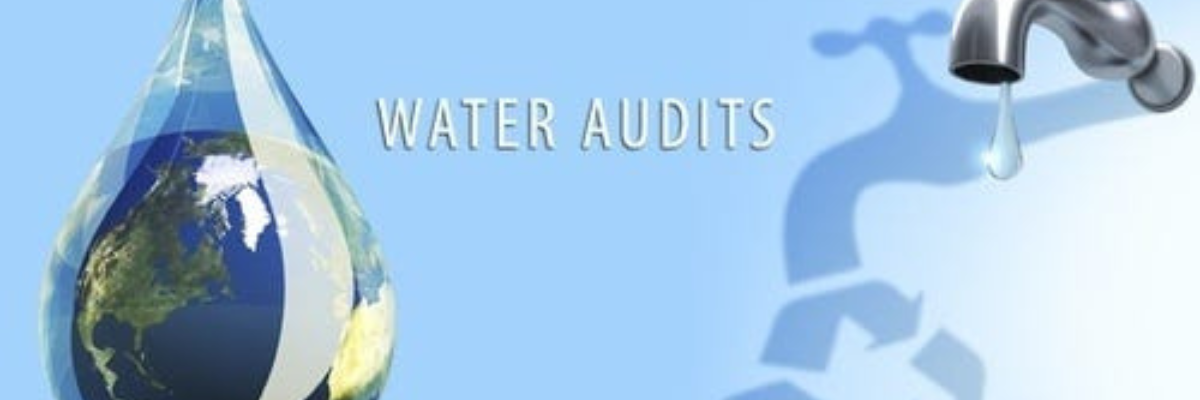A water audit is a systematic process of analyzing how water is used in a facility, home, or organization, identifying inefficiencies, and finding ways to reduce consumption, improve efficiency, and lower costs. The goal is to track water flow from its entry point to its disposal, pinpoint areas of wastage, and develop strategies for water conservation. Here’s a step-by-step guide on how to perform a water audit:
Steps to Perform a Water Audit
1. Identify Water Sources and Entry Points
- Understand Your Water Supply: Determine where your water comes from (municipal supply, well water, rainwater, etc.).
- Locate Meters and Sub-Meters: Identify all water meters and sub-meters that measure water usage. These meters will provide key data for your audit.
2. Gather Historical Data
- Collect Water Bills: Gather water bills for at least 12 months to establish a baseline for water usage and costs. This will give you a clear picture of consumption trends and seasonal variations.
- Calculate Water Consumption: Determine your average daily, monthly, and yearly water usage based on the data from your water bills.
- Note Fluctuations: Identify any periods of unusually high or low water use and investigate possible causes (e.g., leaks, maintenance, equipment failure, seasonal changes).
3. Inspect Water Usage Points
- Categorize Areas of Water Use:
- Indoor: Kitchens, bathrooms, laundry rooms, and any other indoor water fixtures or appliances.
- Outdoor: Landscaping, irrigation systems, swimming pools, fountains, and other outdoor water features.
- List All Water-Using Fixtures and Appliances: Document all taps, faucets, toilets, showers, washing machines, dishwashers, and any other devices that use water.
- Determine Flow Rates: Measure the flow rates of fixtures and appliances to assess their efficiency. This can be done using a flow meter or by measuring the time it takes to fill a container of known volume.
4. Check for Leaks
- Visual Inspections: Inspect all visible pipes, faucets, and appliances for any signs of leaks (e.g., dripping taps, wet spots, or puddles).
- Monitor the Water Meter: Turn off all water-using devices in the building and check the water meter. If the meter is still running, there may be hidden leaks.
- Use Leak Detection Tools: Consider using leak detection tools such as pressure gauges, infrared cameras, or professional services to identify hard-to-detect leaks in pipes or underground systems.
5. Analyze Water Use Efficiency
- Assess Usage Patterns: Identify which areas or devices consume the most water (e.g., irrigation, laundry, bathrooms) and consider whether the usage is justified.
- Determine Water Waste: Look for inefficient practices (e.g., running taps unnecessarily, excessive irrigation, or old, inefficient fixtures).
- Calculate Water Loss: Estimate how much water is being lost due to leaks, inefficient appliances, or wasteful practices.
6. Evaluate Opportunities for Water Conservation
- Replace Inefficient Fixtures: Consider upgrading to water-efficient fixtures such as low-flow faucets, toilets, showerheads, and appliances with high water-efficiency ratings.
- Implement Water-Saving Practices: Introduce water-saving behaviors like turning off taps when not in use, using dishwashers and washing machines only with full loads, and adjusting irrigation schedules.
- Install Water-Efficient Technology: Install smart irrigation systems, rainwater harvesting systems, or greywater recycling systems to reduce water consumption.
- Fix Leaks: Repair all identified leaks promptly to avoid water loss.
7. Monitor and Track Progress
- Install Sub-Meters: In large buildings or facilities, consider installing sub-meters to monitor specific areas or equipment for water use. This will allow for more precise data collection and monitoring.
- Set Water Conservation Targets: Establish measurable goals for water conservation, such as reducing consumption by a certain percentage over a set period.
- Regularly Review Water Bills and Meter Readings: Continuously monitor water usage to ensure that conservation measures are having the desired effect and to detect any new inefficiencies or leaks.
8. Develop a Water Management Plan
- Document Findings: Summarize the results of your audit, highlighting areas where water usage can be reduced, inefficiencies found, and actions needed.
- Set Conservation Strategies: Based on your audit findings, develop a comprehensive water management plan that includes specific conservation strategies, targets, and timelines for implementation.
- Assign Responsibility: Designate individuals or teams responsible for implementing and monitoring water-saving initiatives.
9. Conduct Periodic Audits
- Reaudit Regularly: Perform water audits annually or biannually to track progress, identify new issues, and continuously improve water efficiency.
- Adapt to Changes: Adjust your water management plan as necessary based on new technologies, changes in water usage patterns, or changes in water availability.
Tools and Equipment Needed
- Water Flow Meter: To measure the flow rate of taps, showers, and other fixtures.
- Pressure Gauge: To check for pressure issues that could cause leaks.
- Infrared Cameras or Leak Detectors: To identify hidden leaks in walls or underground pipes.
- Measuring Containers: To manually measure flow rates when a flow meter isn’t available.
- Data Logging Systems: To track water usage over time in larger facilities.
Key Benefits of a Water Audit
- Cost Savings: Reducing water waste directly lowers water bills and reduces energy costs associated with heating and pumping water.
- Leak Detection: Identifying leaks early prevents costly water damage and reduces water loss.
- Sustainability: Efficient water use conserves a vital resource and supports environmental sustainability, especially in water-scarce regions.
- Improved Efficiency: Upgrading to water-efficient systems and practices improves the overall performance of water systems in the home or facility.
- Compliance: In some areas, conducting a water audit may be necessary to comply with water-use regulations or to qualify for rebates and incentives.
By conducting a thorough water audit, households and businesses can take meaningful steps toward reducing water consumption, saving money, and promoting sustainability.


Recent Comments